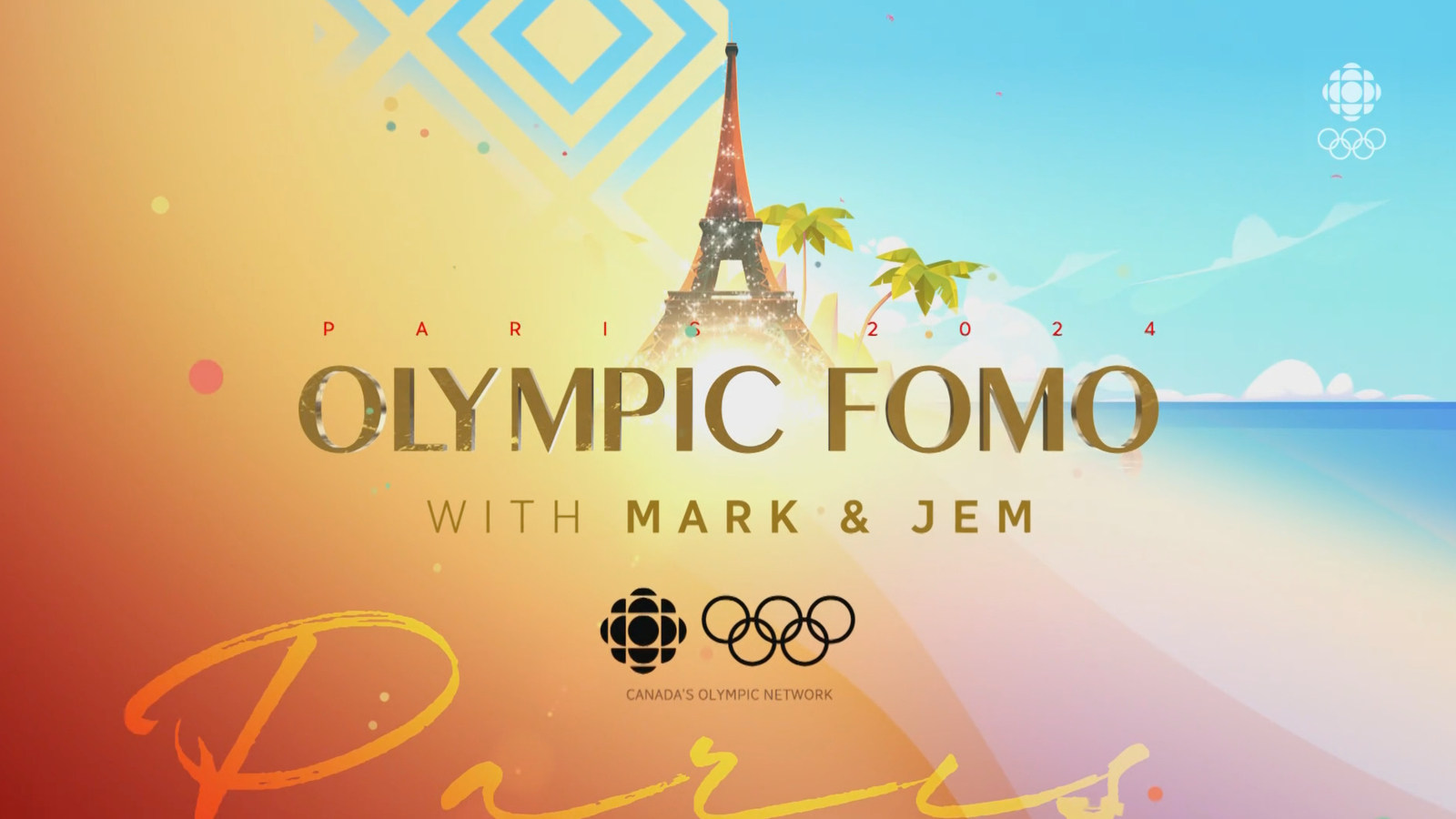CBC blends Art Deco and Canadian diversity in Paris Olympic design

Weekly insights on the technology, production and business decisions shaping media and broadcast. Free to access. Independent coverage. Unsubscribe anytime.
The Canadian Broadcasting Corporation’s coverage of the 2024 Paris Olympics combined modern art deco aesthetics with elements of Canadian and Parisian culture, reflecting the network’s commitment to diversity and inclusion.
Executive producer Sherali Najak’s vision, dubbed “Authentic Canadian Entertainment” or “ACE,” aimed to reflect Canada’s diversity and make viewers feel included in the Olympic experience.
“He wanted to make sure that the audience was reflected, that people felt included, that we didn’t just take you somewhere and tell you story, but that we brought you along with it,” said Theresa Warburton, creative director for CBC Sports.
The creative process began with a challenge to differentiate this year’s design from previous coverage – with Najak wanting the design to “step out” and be bold. Frydun Mehrzad, the project’s art director, explained that past coverage used cutouts of athletes to build environments and opens. This time, the team explored illustrations as a starting point.


“We thought the concept could be like a blend of modern Art Deco with Parisian culture,” Mehrzad said.
The project required collaboration with illustrator Amir Mrzae, as Mehrzad’s background is primarily in animation and motion design. This collaborative approach allowed the team to create a unique visual style for the Olympics coverage.
Throughout the games, the CBC package incorporated several iconic Parisian landmarks, including the Eiffel Tower, the Louvre and the Arc de Triomphe. These elements were integrated into sponsor billboards for RBC, Bell and Toyota, which were major sponsors of the CBC’s Olympic coverage.


Mehrzad noted that working with illustrations presented new challenges compared to previous approaches.
“My challenge was to build an environment for the illustrations, a scene where they could live in. How can we transition to go from athlete A to athlete B?” he said.
While the final package prominently featured Parisian landmarks, this wasn’t always the plan. Warburton recalled that Najak initially instructed the team to avoid traditional landmarks. However, as the project evolved, landmarks were gradually reintroduced more subtly.
“We did try to find other things like the subway,” Warburton said. “And the subway to me was something that could be here, could be there.” Similarly, tourists taking selfies and even someone puting on headphones maked there way into the illustrations, along with a a saxophone busker on the Paris streets.
The team also incorporated Canadian elements into the design. They worked with Design de Plume to create indigenous-inspired patterns, including a floral pattern representing the provinces and territories of Canada and a Wabanaki geometric pattern representing First Nations groups, including the Wolastoqey, Mi’kmaq, Passamaquoddy and Penobscot.
The color palette for the package included white, mid-grays and cream to represent Paris, with orange and green added to evoke summer and fashion. The primary typeface used for information graphics was the network’s in-house Radio Canada Sans, with a special display font called Peignot, used for titles like “Prime Time” and “Olympic Games Morning.”
Orin Isaacs of Swing Low Productions composed the music for the package, marking his first work on Olympic coverage for CBC. The music featured variations on the Olympic theme for different branded hours, including jazz and street percussion versions.
Coverage from near and afar
CBC’s Olympic coverage was produced using a combination of on-site and remote production techniques. The main primetime set was located in Studio 42 in Toronto, with additional positions at the Trocadéro broadcast tower in Paris and in Canada House. Alex Nadon of Inframe Designs designed the Toronto set, which is expected to appear again for future Olympics coverage.
To enhance the limited physical space available for on-site reporting, CBC utilized Unreal Engine to create virtual set extensions that could be used for bump shots and in place of display technology. This technology allowed the network to expand its visual presentation without the need for a large, expensive studio in Paris.



Radio-Canada, CBC’s French-language counterpart, had its main set in Canada House with a secondary studio in Montreal. The Paris studio for Radio-Canada used LED technology and a single physical wall to save on budget and give the set a larger sense of scale.

The coverage’s graphics were primarily powered by Vizrt, with HTML5 used for some on-screen elements. The graphics package was designed to be adaptable for use across multiple Canadian broadcasters, including TSN and Sportsnet, where coverage appeared.
CBC’s approach to Olympic coverage reflected broader industry trends of optimizing resources while maintaining high production values.
By blending traditional elements with modern design techniques and diverse cultural influences, the network created a unique identity for presenting the world’s premier sporting event.
Project Credits
- Executive producers: Sherali Najak, Luc Lebel
- Creative director: Theresa Warburton
- Art director: Frydun Mehrzad
- Coordinating producer: Jennifer Cialini
- Senior graphic designer: Thomas Hall
- Illustrator: Amir Mrzae
- Editor: Tim Thompson
- Theme Music: Orin Isaacs






tags
2024 Summer Olympics, Alex Nadon, CBC, CBC Sports, Frydun Mehrzad, InFrame Designs, international sports, radio-canada, Theresa Warburton, Vizrt
categories
Graphics, Heroes, Olympics, Sports Broadcasting & Production